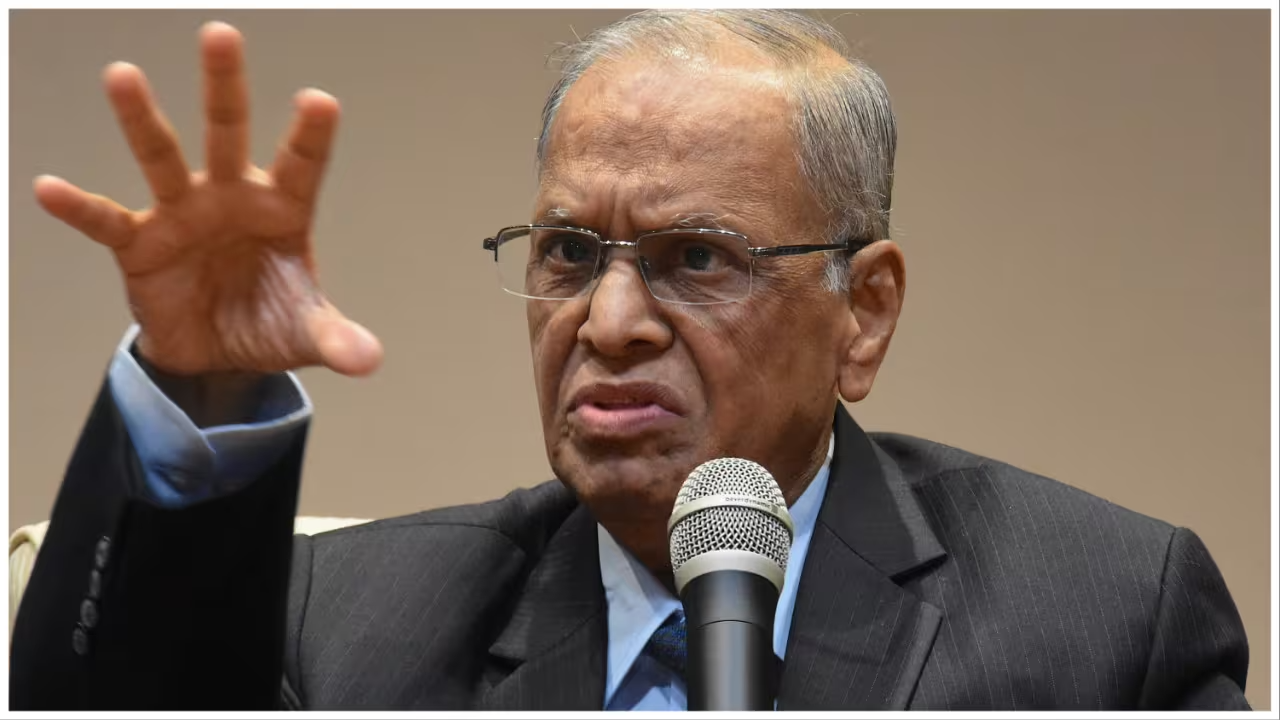
N.R. Narayana Murthy, the esteemed co-founder of Infosys, has long been a beacon of leadership and innovation in India’s technology sector. His recent statements have sparked significant discussions, urging Indians to rekindle the nation’s historical prowess in scientific discovery and innovation. This article delves into Murthy’s insights, the historical context of India’s scientific journey, and the actionable steps he advocates for the country’s future.
A Historical Perspective: India’s Scientific Heritage
India’s contributions to science and technology date back to ancient times, with remarkable advancements in mathematics, astronomy, medicine, and engineering. However, as Murthy highlighted, the nation faced a prolonged period of stagnation due to various invasions and colonial rule. Between 1000 AD and 1947 AD, a span of nearly a thousand years, India’s scientific endeavors were significantly impeded. This era saw a decline in critical and analytical thinking, invention, and innovation among Indian youth.
The Need for a Scientific Renaissance
In his recent address, Murthy emphasized the urgency for India to reclaim its position as a leader in scientific research and innovation. He pointed out that despite the country’s rich heritage, the progress in science and technology has been slow. Murthy attributed this to historical factors that suppressed the spirit of inquiry and innovation among Indians.
Drawing Inspiration from Global Examples
Murthy cited Israel as a compelling example of a nation that, despite limited natural resources, has achieved remarkable success through a strong emphasis on education, innovation, and scientific research. He referenced the words of the late Shimon Peres, former Prime Minister of Israel, who stated, “In Israel, a land lacking in natural resources, we learned to appreciate our greatest national advantage: our minds.” Murthy urged India to adopt a similar mindset, leveraging intellectual capital to drive progress.
The Role of Education and Industry
A critical aspect of Murthy’s message is the role of education in fostering a culture of innovation. He called for a transformation in the educational system to encourage observation, curiosity, critical thinking, and problem-solving skills among students. Additionally, Murthy highlighted the need for increased investment in research and development by the Indian industry, which he noted as currently inadequate.
Actionable Steps for Reviving India’s Scientific Spirit
To align with Murthy’s vision, the following steps are essential:
1.Educational Reforms: Implement curricula that promote critical thinking, creativity, and hands-on experimentation from an early age.
2.Increased R&D Investment: Encourage both public and private sectors to allocate more resources towards research and development initiatives.
3.Fostering Innovation Ecosystems: Develop innovation hubs and incubators that support startups and young entrepreneurs in science and technology fields.
4.Public-Private Partnerships: Facilitate collaborations between academic institutions, industries, and government bodies to drive research and innovation.
5.Global Collaboration: Engage in international partnerships to exchange knowledge, technology, and best practices in scientific research.
Conclusion: Embracing the Call to Action
Narayana Murthy’s call to action serves as a pivotal reminder of India’s potential to lead in science and innovation. By addressing historical challenges and implementing strategic reforms, India can foster a new era of scientific excellence. It is imperative for individuals, educational institutions, industries, and policymakers to collaborate and take proactive steps towards realizing this vision. Embracing this challenge will not only honor India’s rich scientific heritage but also pave the way for a prosperous and innovative future.
